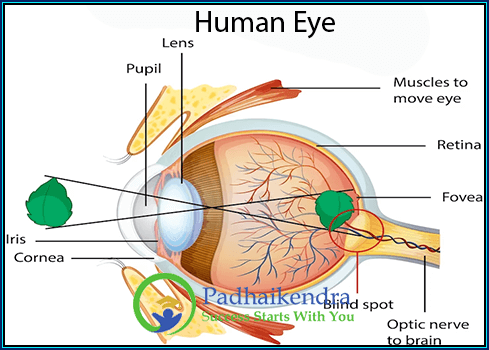Ques: Write the formula for work done on a body when the body moves at an angle to the direction of force. Give the meaning of each symbol used.
Sol.: When a body moves at an angle to the direction of force, the formula for work done can be derived using the dot product of the force vector and the displacement vector. The dot product of two vectors A and B is given by:
A · B = |A| |B| cos θ
where |A| and |B| are the magnitudes of vectors A and B, respectively, and θ is the angle between them.
If a force F acts on a body and it moves through a displacement d at an angle θ to the force, then the work done W is given by:
W = F · d cos θ
where F is the force vector, d is the displacement vector, and θ is the angle between them.
Note that if the angle θ is 0 (i.e., the force is acting in the same direction as the displacement), then cos θ is equal to 1, and the formula reduces to the simpler expression W = Fd, which is the formula for work done when a body moves in the direction of the force. If the angle θ is 90 degrees (i.e., the force is acting perpendicular to the displacement), then cos θ is equal to 0, and no work is done.





